APPLIED RIVER SCIENCES

Applied River Sciences
(formerly McBain Associates)
Formed in January 1995, Applied River Sciences is a professional consulting corporation applying fluvial geomorphic and ecological research to river preservation, management, and restoration. Our company has offices in Arcata, California and Reno, Nevada, with additional employees in Oregon and California. For over 25 years, we have provided our clients with solutions to highly complex environmental problems in aquatic ecosystems using objective and clear science, in a timely and efficient manner.
What we do
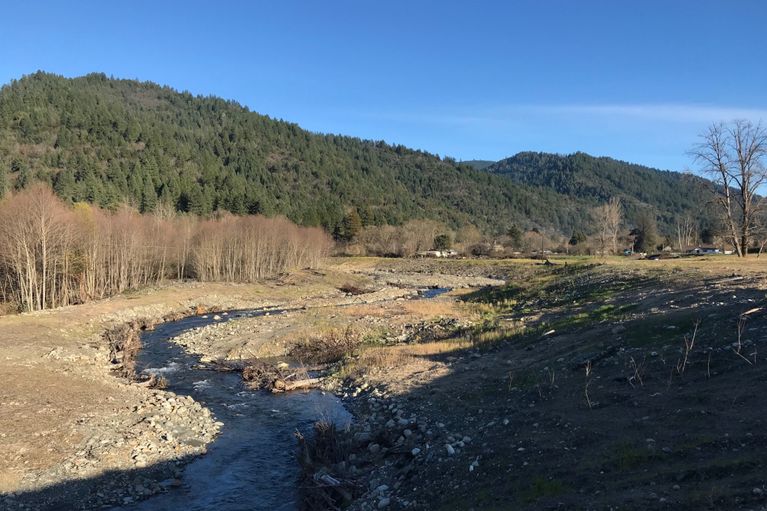
Streamflow evaluations and instream flow studies
- Hydrologic and hydraulic analyses using 1- and 2-dimensional hydraulic modeling
- Flow-habitat availability analyses using two-dimensional modeling
- Instream flow decision tradeoff analyses
- Flow scheduling recommendations
- Evaluating instream flow needs for target aquatic species
- Establishing formal instream flow thresholds in coordination with state water agencies
- Working within multi-agency and stakeholder forums to collaboratively develop instream flow recommendations
- Streamflow gaging
- Water temperature monitoring, modeling, and evaluation
- Streamflow gaging, measurements and records
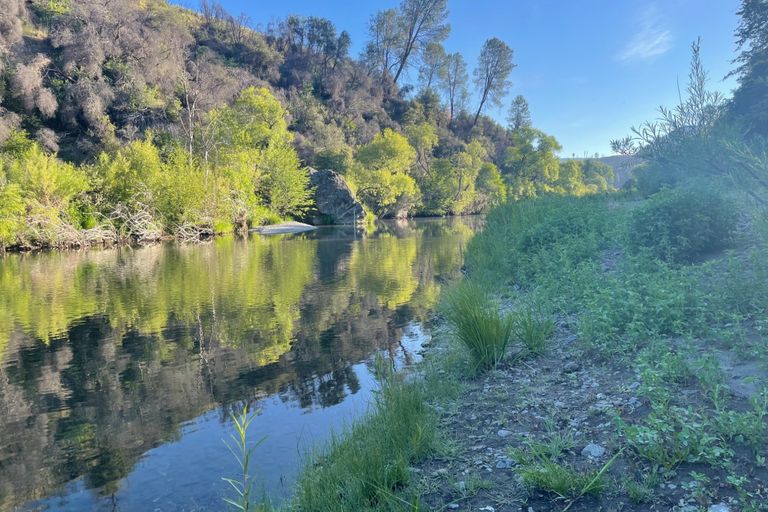
Riparian vegetation studies and rehabilitation plans
- Riparian restoration plans, strategies, and actions
- Riparian inventories and rare plant surveys
- Riparian regeneration analyses
- Instream flow analyses to support diverse riparian vegetation
- Riparian design, planning, and implementation
- CRAM monitoring
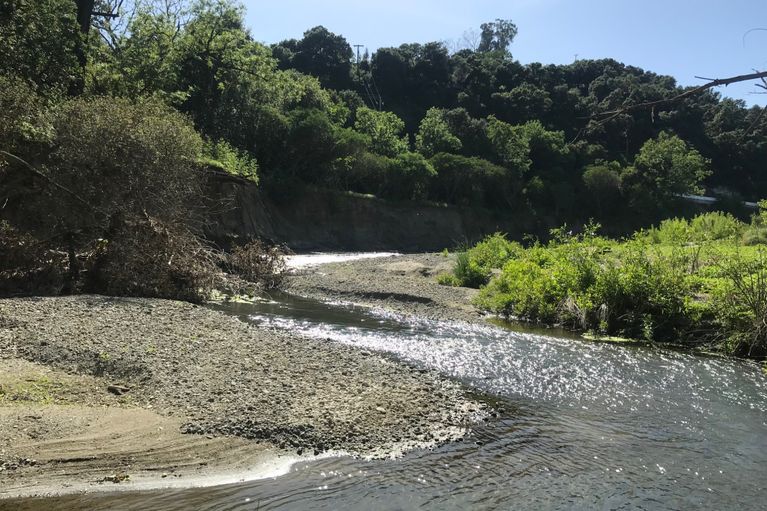
Sediment evaluation, analysis and management
- Performing sediment supply evaluations and sediment yield analyses, developing sediment budgets
- Sediment transport monitoring and modeling
- Developing sediment management plans and overseeing their implementation
- Performing fluvial geomorphic assessments to characterize flow-sediment relationships
- Bed mobility and scour monitoring
- Sediment sampling (bedload and suspended load)
- Gravel augmentation planning, design, implementation and monitoring
- Coarse sediment facies mapping
- Fine sediment management and monitoring
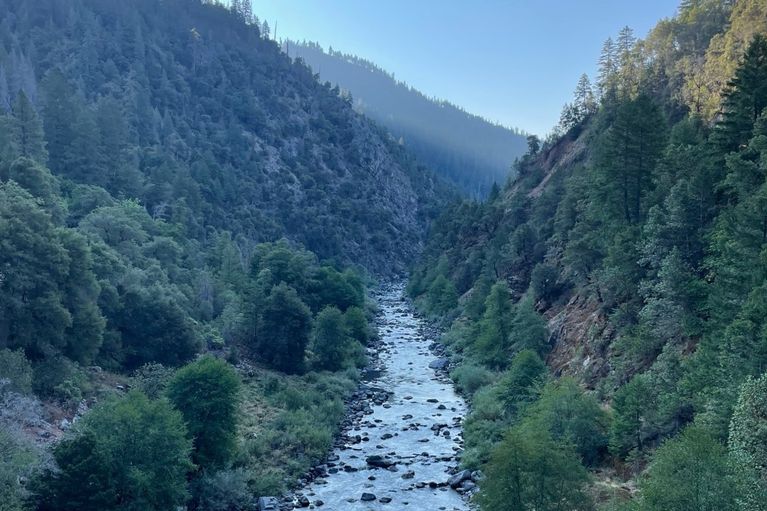
FERC relicensing support
- Management and oversight of ecological components of the FERC relicensing process
- Development of relicensing recommendations for improved river ecosystem management
- Development of relicensing ecological documents for submission to FERC, including study plans and responding to formal comments from agencies and NGO’s
- Technical analyses required to support the FERC process
- Review of applicant and FERC documents
- Coordination with involved state and federal agencies and other relicensing participants
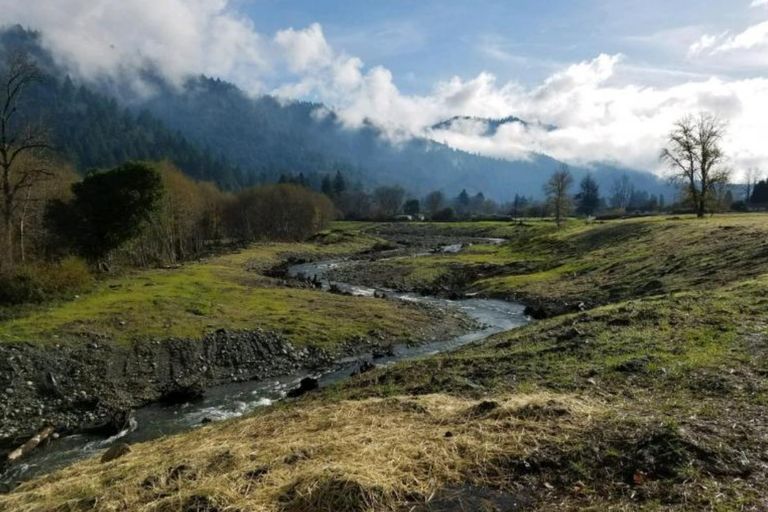
Fluvial geomorphology and process restoration
- Improving channel complexity
- Maintaining or improving geomorphic processes
- Increasing fish habitat quality and quantity
- Creating off-channel habitat features
- Adding large wood elements
- Integrating riparian vegetation and in-channel habitat features
- Restoring floodplain surfaces that meet specific physical and ecological objectives
- Transporting or storing coarse and fine sediment
- Reducing fine sediment impacts
- Enhancing thermal refugia
- Remediating fish passage barriers
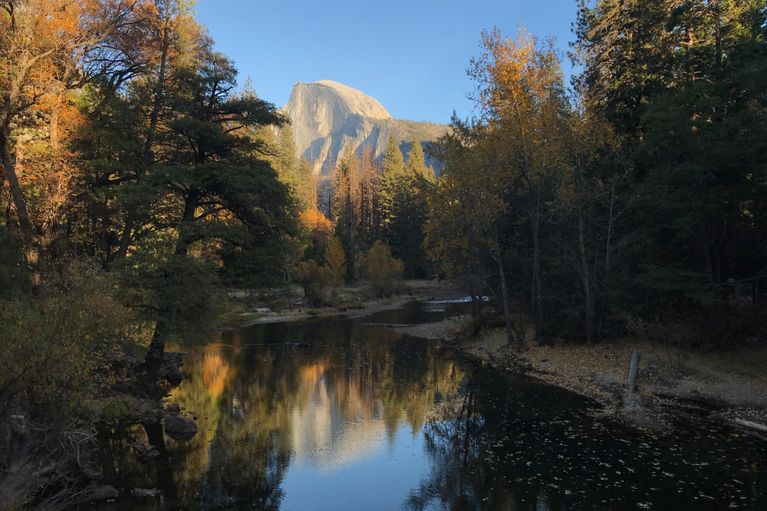
Benthic macroinvertebrate assessment
- Study designs that meet project objectives and are statistically rigorous.
- Data collection for BMI, including drift, kick-net, and Surber sampling.
- Post processing, including sorting, subsampling, and taxonomy to the genus level.
- Calculating and interpreting BMI community diversity with standard diversity metrics (e.g. relative abundance, taxonomic richness, Shannon-Weiner, Hilsenhoff).
- Using multivariate analysis and non-parametric statistics (e.g. principle components analysis, non-metric multidimensional scaling) to assess effects of physical conditions on BMI community structures.
- Calculating food availability and constructing/applying BMI food availability to bioenergetic and individual-based fish models.
- Comparing BMI community, food availability, and fish energetics in before-after-control-impact (BACI) studies. Comparisons are made at both spatial and temporal scales, including across seasons, longitudinally from points of interest (e.g. dams, diversions, restoration areas), across habitat types, and at various streamflows.

